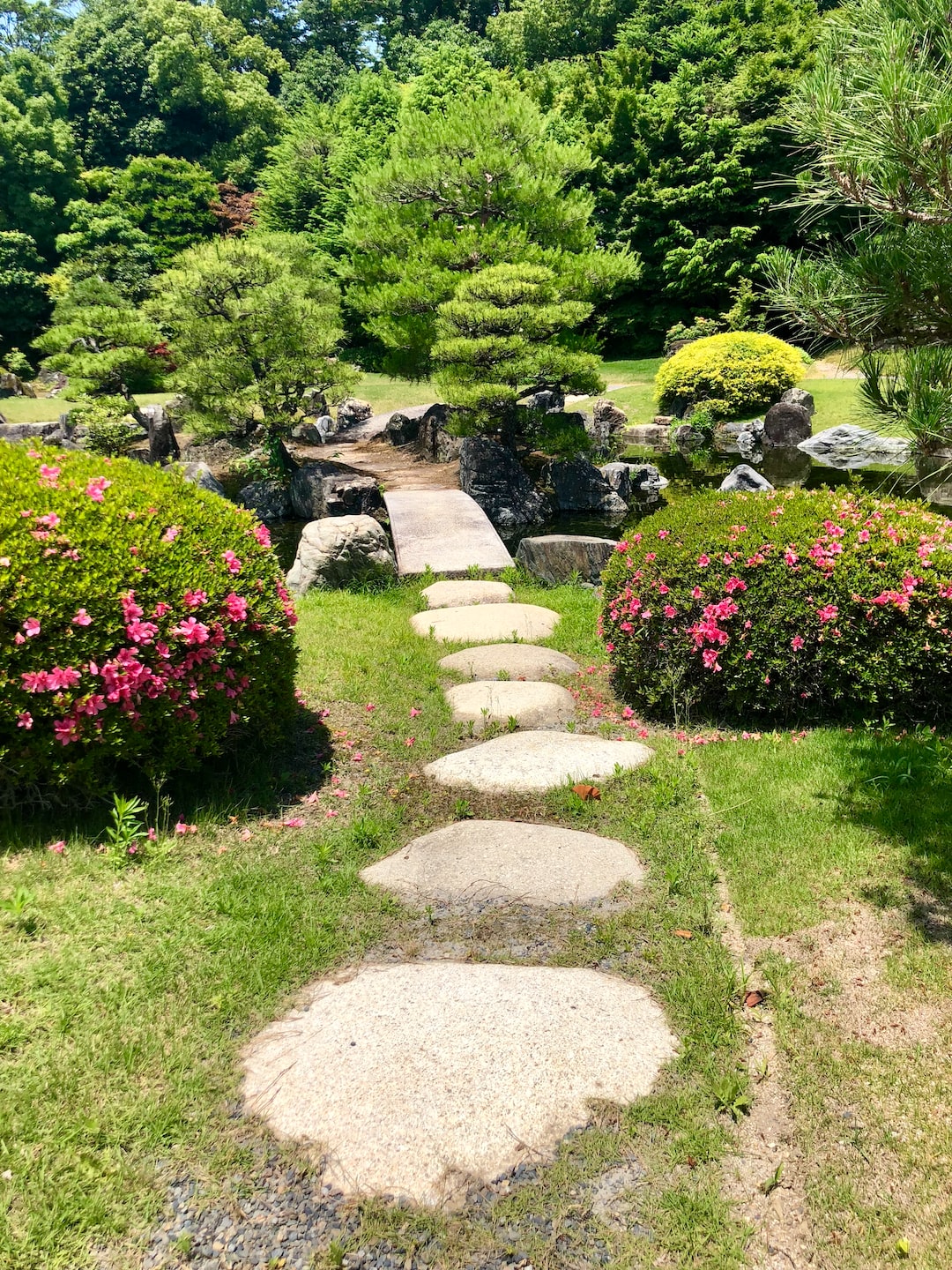Using Native Plants in Your Garden for Ecological Balance
Creating a garden that is not only aesthetically pleasing but also promotes ecological balance is a goal that many gardeners strive for. One effective way to achieve this is by incorporating native plants into your garden design. Native plants are those that occur naturally in a particular region and have evolved to thrive in the local climate conditions. By using native plants, you can support local ecosystems and contribute to the overall health of the environment. In this blog post, we will explore the benefits of using native plants in your garden and provide some guidance on how to get started.
One of the most significant advantages of using native plants in your garden is their ability to support local wildlife. Native plants have co-evolved with local insects, birds, and other wildlife, providing essential food sources and habitat. For example, specific species of butterflies may rely on specific native plants as a host for their eggs and as a food source for their caterpillars. By including these plants in your garden, you can attract a wide variety of butterflies and support their lifecycle. In turn, birds and other wildlife that rely on butterflies for food will also be attracted to your garden, creating a vibrant ecosystem.
Another benefit of using native plants is their ability to adapt to local climate conditions. Native plants have developed strategies to survive and thrive in local weather patterns, including periods of drought or heavy rainfall. These plants are often more resilient to extreme conditions than non-native species. As a result, using native plants in your garden can reduce the need for excessive watering or the use of fertilizers and pesticides. Native plants have adapted to local soil conditions, reducing the need for soil amendments or other costly inputs.
In addition to their ecological benefits, native plants also offer aesthetic advantages. Many native plants feature beautiful foliage, vibrant flowers, and attractive berries or fruits. By choosing native plant species that are well-suited to your garden’s conditions, you can create a visually stunning landscape that reflects the unique character of your region. Native plants can be used in a variety of garden styles, from formal to informal, and can be incorporated into planting beds, borders, or even containers.
Now that you understand the many benefits of using native plants, you may be wondering where to start. Here are some steps to help you incorporate native plants into your garden:
1. Research: Begin by researching the native plants that are suitable for your specific region. This can be done through books, online resources, or by consulting local gardening experts or native plant societies. Consider factors such as sun exposure, soil type, and water availability when selecting the plants that are most likely to thrive in your garden.
2. Design: Plan your garden layout before purchasing any plants. Take into account your garden’s size, existing features, and any specific goals you have for the space. Consider incorporating a variety of native plants with different heights, textures, and bloom times to create visual interest throughout the year.
3. Source Plants: Look for local nurseries, garden centers, or online sources that specialize in native plants. These resources are more likely to carry a wide selection of native species and can provide valuable advice on their care and maintenance.
4. Maintenance: Once your native plants are established, they require less maintenance than non-native species. However, regular care is still necessary to ensure their health and vitality. Water newly planted natives until they become established, then rely on rainfall unless drought conditions arise. Mulching around the plants can help retain moisture and suppress weeds. Native plants generally have low fertilizer requirements, but periodic soil testing can help identify any nutrient deficiencies.
By using native plants in your garden, you can create a beautiful and sustainable landscape that supports local wildlife and contributes to the ecological balance of your region. Start small with a few native plants, and gradually expand your collection as you gain experience. Every garden can play a role in preserving biodiversity and creating a healthier planet, one native plant at a time.

